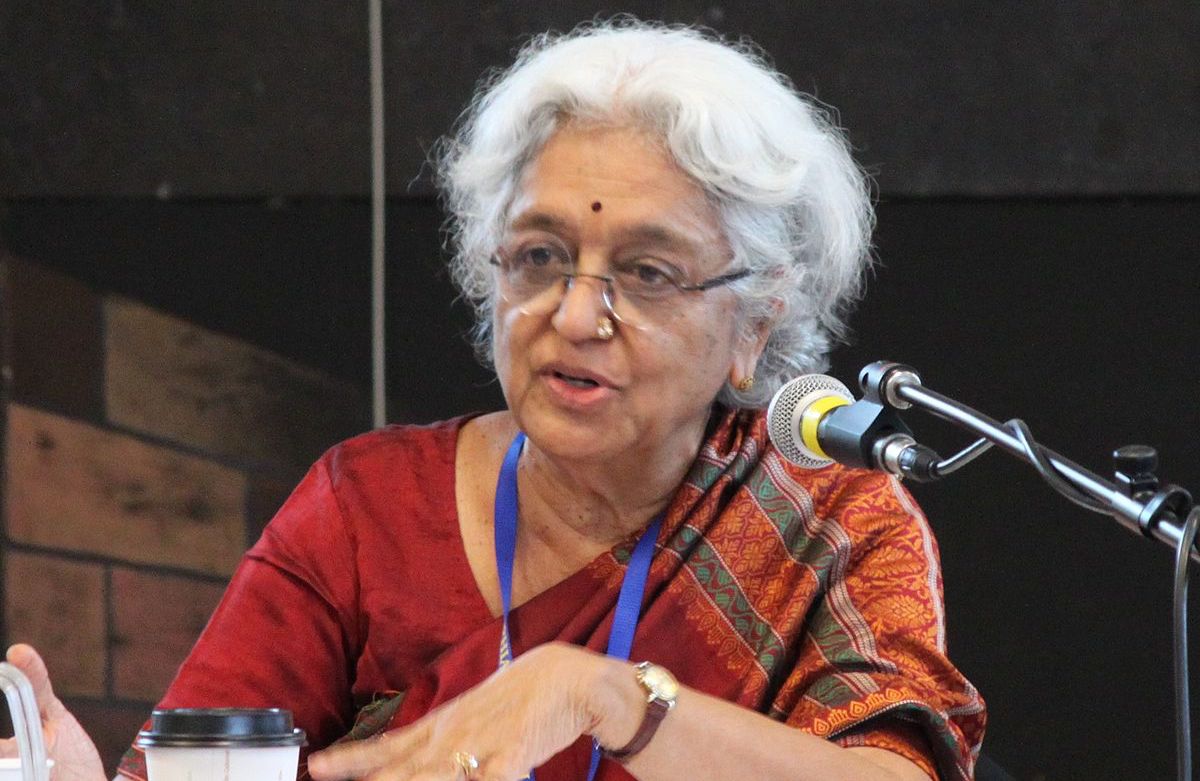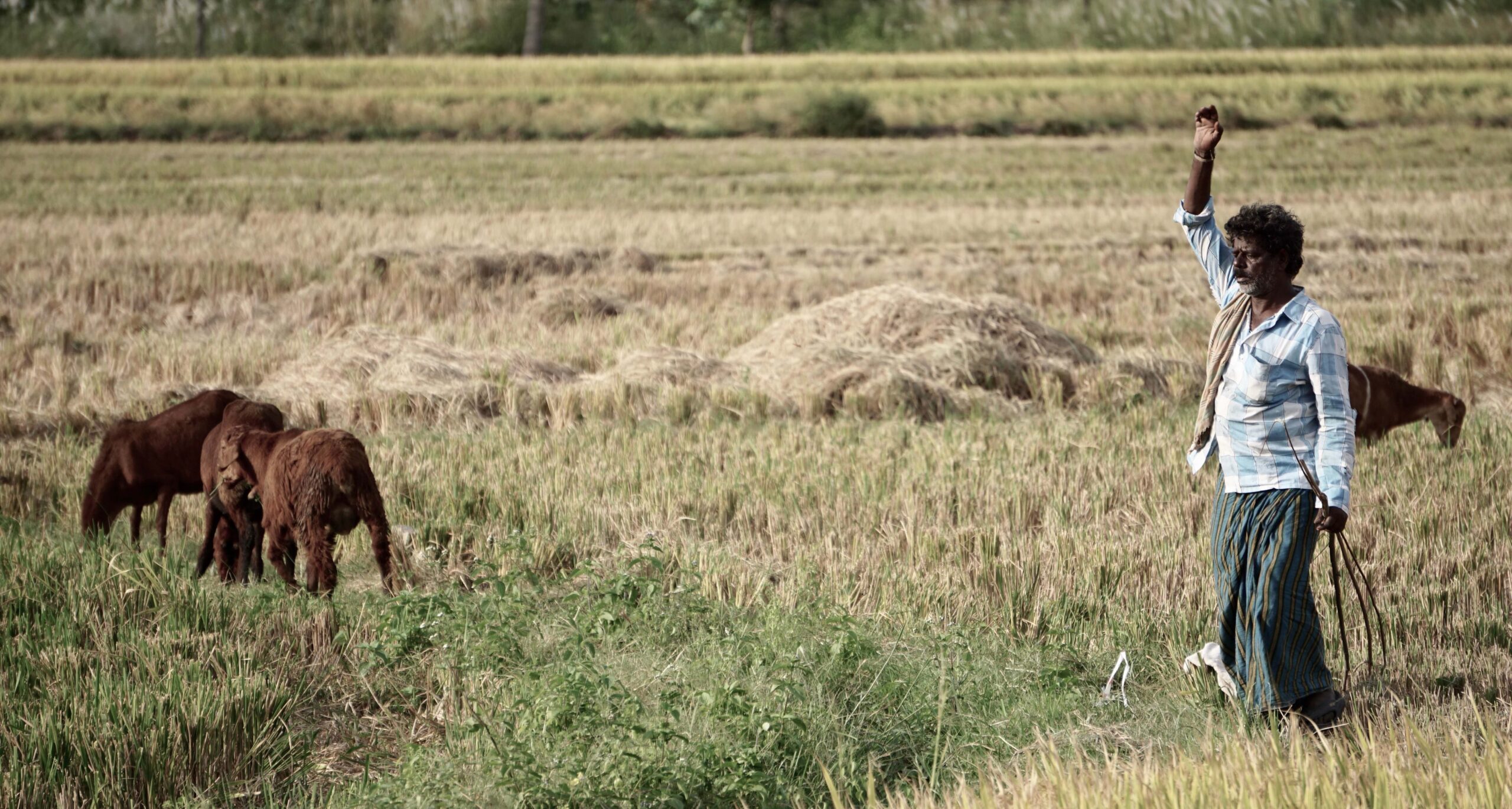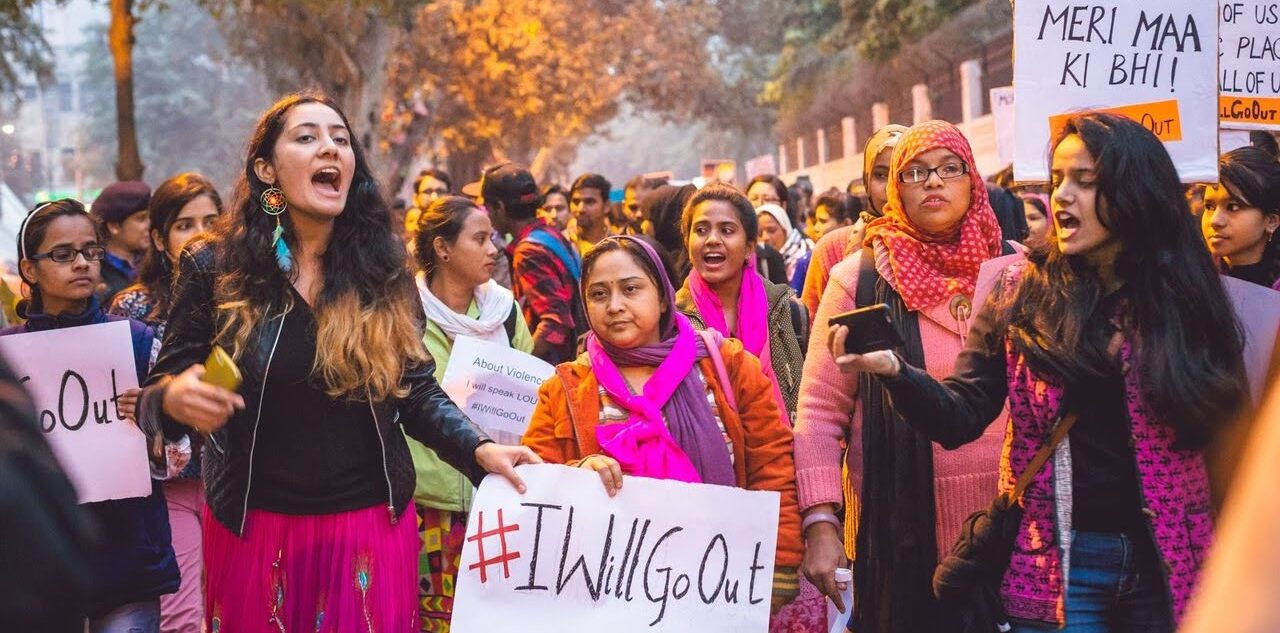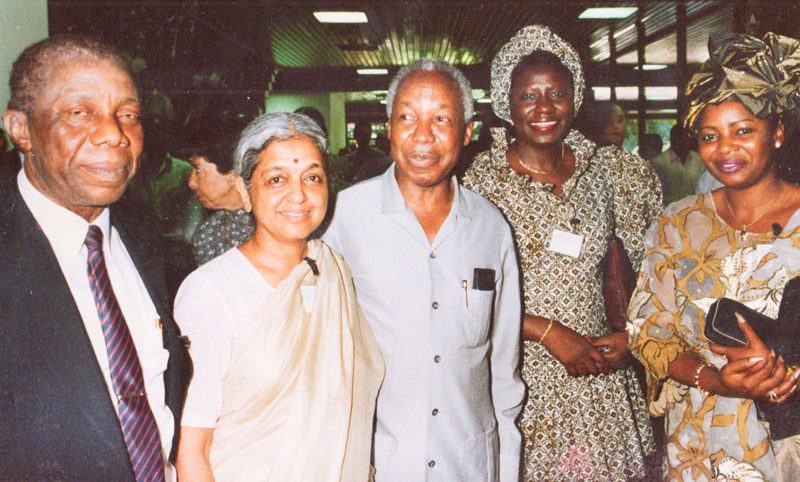
Devaki Jain.
Every year, the Mittal Institute holds a lecture in honor of Harish C. Mahindra, a distinguished alumnus of Harvard College and a visionary leader of business and industry in India. The lecture series is inspired by his passion for education, and provides a forum to discuss the challenges facing the South Asian region.
This year, the Mahindra Lecture will be given by Devaki Jain, an Indian economist and writer who has made significant contributions to feminist economics, social justice, and women’s empowerment in India. In 2006, she was awarded the Padma Bhushan — the third-highest civilian honor from the Government of India — for her contributions to society.
Leading up to the event, we spoke with Devaki Jain to learn more about her perspective on South Asia’s challenges, feminist economics, and the current feminist movement in India.
Each year, the Mittal Institute’s Mahindra Lecture focuses on the current challenges facing South Asia. What do you think are the top challenges facing India today?
Obviously, the identification of the top challenge depends on where one is coming from. Those who are at the high levels of business and commerce might see it as shifts in the policies of countries with which they do business — say, an emergency in a partner country. With that qualifier, I suggest that there are three or four main challenges that are confronting India. Extraordinary disparities exist not only in wealth and income, but in what can be called the capabilities of different regions and sub-regions of India. It is geographical as well as demographic in the sense of the characteristics of the population.

A crowded New Delhi street. Photo taken by Fancycrave.
Second, one that is being much discussed today is the attack on the tolerant, inclusive, socio-economic characteristics that we have always had. There is intolerance, targeting non-Hindus, especially Muslims; emotionally fanning religiosity of the most fundamentalist, exclusionary kinds. How to then overpower these forces and ideas is the challenge.
From the economic perspective, opinions will be extremely different across segments the population. Farmers and laborers, including workers in industrial outfits, are in great distress. Another related source of distress or discomfort for India is that neighboring nations have become unsettled in their regimes. The Bangladesh situation is, in my opinion, tragic. Pakistan and official India’s current belligerent attitude towards Pakistan has created another fragile situation — impacting not only Indo-Pak relations, but the sovereignty and peaceful journey of the state of Jammu and Kashmir.

A shepherd in Hampi, India. Photo taken by Chelsea Aaron.
Can you explain what feminist economics is, and why feminist intervention in economic discourse is essential?
A difficult question to answer in brief. Feminist Economics, I suggest, arose out of the efforts made by female economists to analyze economic phenomena, economic policy and program, and measures through a gendered lens. Having brought gender into all of these domains, threads began to emerge which not only revealed the highly discriminatory and destructive so-called gender-neutral economics, but also the potential that women’s role in the economy has to refresh economic reasoning and economic policy.
Over the years, feminist economics has moved onwards to rebuild economic theory apart from economic measures, and since feminism itself is about equality and justice, feminist intervention in economic discourse can be an enabling route to a more equitable and inclusive economic society and economic program.
How can feminist movements around the world learn from the movement in India, and can you talk about your own recent participation in these activist movements?
Fortunately, thanks to the internet and the energy that it holds, knowledge from different parts of the world is accessible at any one place. Thus, the descriptions, the books, the articles, and the reports of actions by the feminist movement of India are communicated in a flash across the world through the internet. One aspect of learning from the Indian feminist movement is its extraordinary coverage: strong networks and articulation by the various strata of the Indian socio-economy. Dalit, Muslim are not the only sub-category — region and its culture, discipline-defined groups, occupationally divided groups. Every strata has voice.
Having been a lecturer in Economics and having focused mainly on women’s labor as part of my research and writing, I am still included and often write or speak about women in the economy.

“I Will Go Out 2017, Delhi Chapter.” Feminism in India. Youtube, January 25, 2017.
Activism for academics, as different from leaders from grassroot movements, can be of many kinds — intervention in policy and program with knowledge and ideas that have arisen out of the research or logic, speaking to women from the grassroot movements at conferences of other venues, and drawing their attention to issues that might have not reached them. Another, which is perhaps the most useful, is learning from the grassroot movements, and then writing or speaking about that learning in the halls of policy and program. Such roles can be considered patronizing, so one has to be sensitive and circumspect.
In your latest book, Close Encounters of Another Kind: Women and Development Economics, you discuss how international efforts to improve women’s inclusion in the 1970s and 1980s were based on the experience of the Global North. Can you elaborate on why this was harmful to the Global South, and the impact that has today?
The first International or World Conference on women was held in 1975 thanks to the initiative of the United Nations. The energy of women was of such high decibel levels that the UN was persuaded to extend this emphasis on women and their condition, their advancement, and their voice into the decade. During that decade, and at least for another decade (i.e. up to 1985), the governments of all of our countries were mandated to set up departments that support women, to help understand and strengthen them in whatever they engaged in. For this extra program, the finances were either through the UN or through American, English, and Scandinavian donor agencies. Some of these agencies would pass on funds to the governments — for example, overseas development assistance from countries like Britain and other European countries, and the USAID from America. Along with the funds came technical advisers, mostly women who would guide and train women from our countries.
The training, orientation programs, collectivities, and conferences on specific subjects were often held in the North, and women from our countries were invited to share, learn, and be guided. In that process, as it would be natural, women coming from the Northern countries would be the “framers” of projects and how-to sessions. The ideas were based on their knowledge of their own countries. A classic example was revealed by a brilliant Danish economist called Ester Boserup: She wrote a book showing how in Africa, female farmers were different from Europe, where farmers were men and women were doing dairying and making cheese at home. But the funding coming from donors was going to train men in improving farming methods. So, in showing that women were farmers, the tillers of soil, the inappropriateness was revealed.

“The Bonding of the South Commission — a Hope and Enterprise that Failed.” Devaki Jain with Fidel Castro, former President (1976–2008) and Prime Minister (1959–1976) of Cuba. Image provided by Devaki Jain.
While Ester Boserup was one of the well-known persons who in some sense demolished some of the ideas that were being transferred, this could not be done everywhere. While allowing the perceptions and experiences of those Northern countries to be the substance of the advice — some ridiculous and some damaging advice — policy programs were brought into the South’s countries.
Sometimes, it is even the vocabulary that was used to describe phenomena that misled program and policy. The descriptive category for a phenomenon in the Northern countries applied to the ground in the South can be destructive. For example, a dangerous vocabulary was the naming of non-factory-based labor that did not get coverage by labor laws in India and other developing countries as “informal” labor. A naming that still persists and camouflages the reality. In reality, these laborers — who may be home-based workers or working in small firms and factories, but without coverage of labor laws — are under very strict regulations given by contractors or sub-contractors. The relationship between the giver and the laborer is not informal at all. They are tied up with severe rules, so severe that they can actually be punishing and unjust. But that is 80 percent of India’s labor. By calling it informal, it camouflages the harsh reality and precludes the growth of unionization. Though now there are wonderful initiatives of federating such workers with strong organizations helpful with regulatory powers.

“The Bonding of the South Commission — a Hope and Enterprise that Failed.” Devaki Jain (second from left) with Julius Nyerere (middle), first president of Tanzania. Image provided by Devaki Jain.
By giving these wrong identities to economic phenomena in the South, and then supporting them financially, economic program and policy are misled. It is for this reason that Julius Nyrere, along with some other leaders, set up a South Commission that was supposed to not only build a framework for how countries of the South would regenerate themselves — having been assaulted by colonizers for centuries — but to draw on their energy and a more accurate characterization of their economies and cultural practices.
This inaccurate, inappropriate transfer of ideas and funds continues to vitiate the progress of the countries of the South. They are now locked into the economic growth and ideas of global institutions, like the World Bank and the IMF, and the great global financiers who are largely from the North. Our countries being dragged into those ideas means that what we could draw upon as goals that are within our reach gets misled or thwarted.
